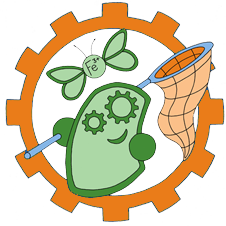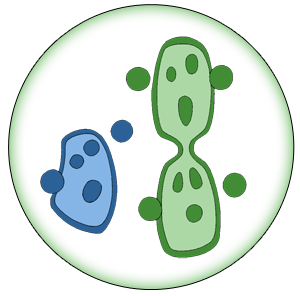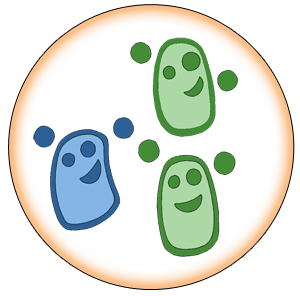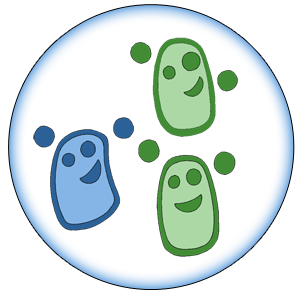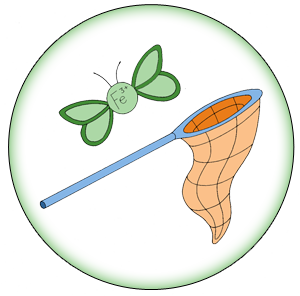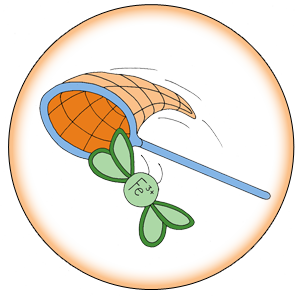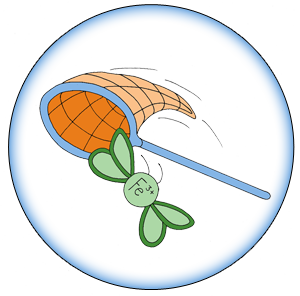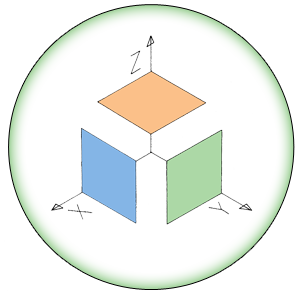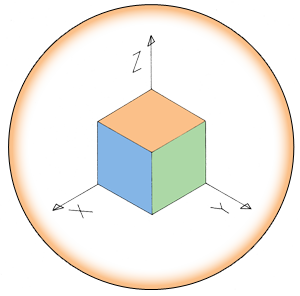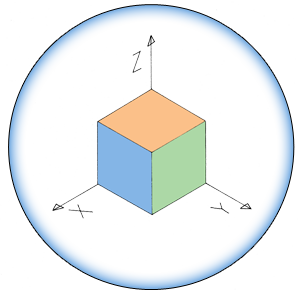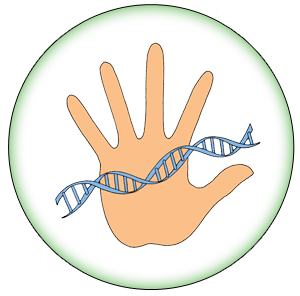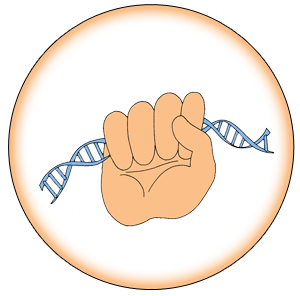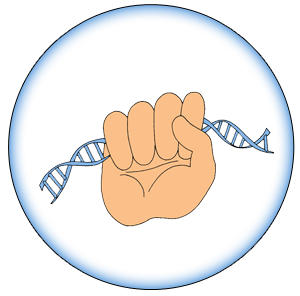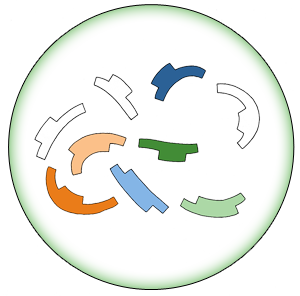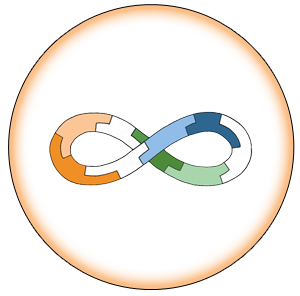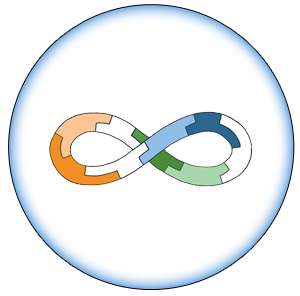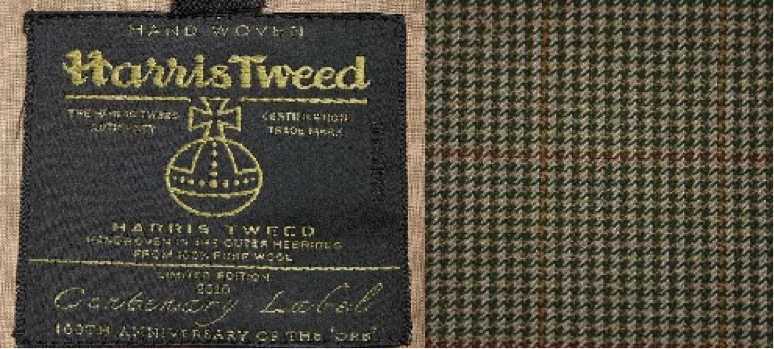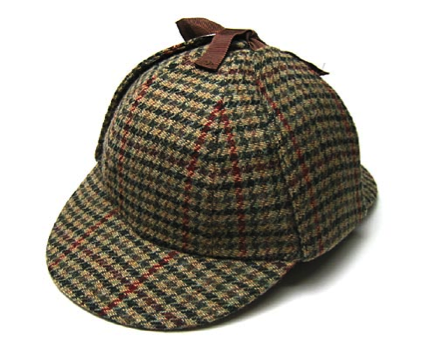Team:Edinburgh/Human Practices/Industries/Textiles
From 2013.igem.org
Textile industry
Manufacturing of textiles is a versatile industry due to the wide range of raw materials used. The most economically significant factor is the production of fabrics from cotton which is subdivided into five stages: cultivation, pre-treatment, spinning, weaving and finishing. 35 million hectares worldwide are planted with cotton – an area equal to that of Germany.
Importance in Scotland:
Traditionally, the Scottish textile industry is associated with the south of the country – the counties of Ayrshire and The Borders. Production of textiles provides a major contribution to the economy with yearly turnover of £950 million, contributing £400 million to the national budget.
Tweed is a major traditional Scottish textile product of worldwide fame (Figure 1). Tweed is a an unfinished closely woven woollen fabric. Probably the most well-known fan of tweed is Sherlock Holmes with his characteristic deerstalker hat (Figure 2).
Figure 1. Logo of Scotland's most well known tweed manufacturer – Harris Tweed(left); appearance of a typical tweed fabric (right)
Figure 2. Deerstalker hat made from tweed
Waste generated by textile industry
The greatest environmental impact of textile industry is generated by the amount of water that is used during the process. Upwards of 200 litres is required to produce just 1 kg of final product. Water released into the environment from the manufacturing facilities contains solvents, bleaching agents and surfactants used during the production of the fabric. These can be highly toxic. Our project aims to use these organic compounds as a carbon source for efficient production of bioethanol (hyperlink to bioethanol description)

| 
| | | | 
|
| This iGEM team has been funded by the MSD Scottish Life Sciences Fund. The opinions expressed by this iGEM team are those of the team members and do not necessarily represent those of MSD | |||||
 "
"

